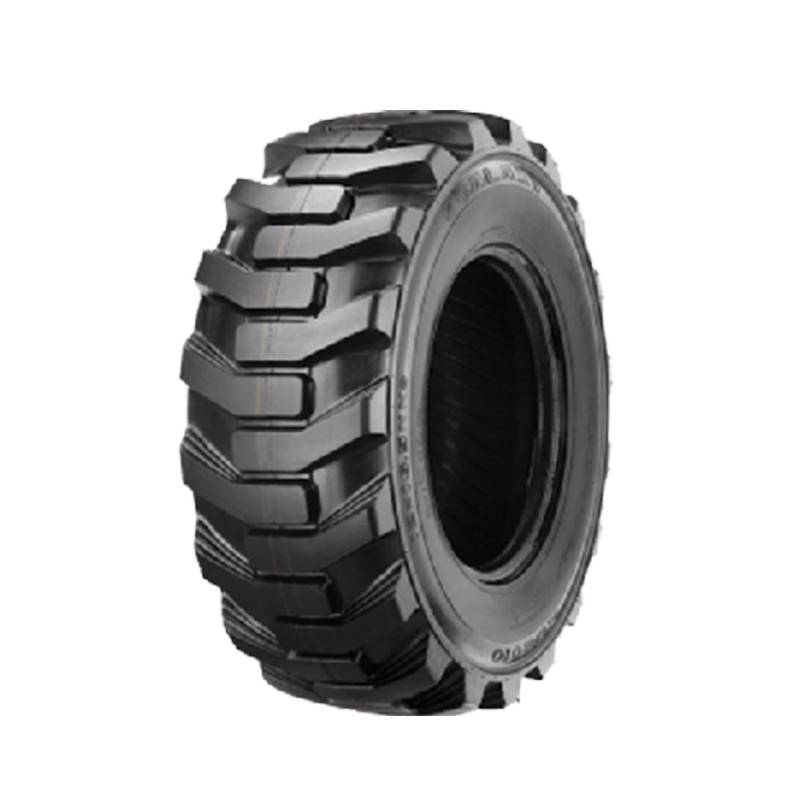
Sep . 14, 2024 05:21
Back to list
pressure reducing regulators
Pressure reducing regulators are essential devices widely used in various industries to control and manage the pressure of gases and liquids. These regulators serve the crucial function of reducing a higher inlet pressure to a desired lower outlet pressure, ensuring safe and efficient operation of equipment downstream.
One of the primary applications of pressure reducing regulators is in gas distribution systems. In these systems, gases such as natural gas, propane, and oxygen must be delivered at a specific pressure to ensure the proper functioning of appliances, machinery, and other equipment. For instance, in a natural gas distribution network, high-pressure gas is transported through pipelines, and pressure reducing regulators are installed to reduce the pressure to a safe and usable level before it reaches residential or commercial buildings.
These regulators are designed with precision and reliability in mind. They typically consist of a spring-loaded diaphragm mechanism that responds to changes in downstream pressure. When the downstream pressure falls below a predetermined set point, the diaphragm moves, allowing more gas to flow through the regulator. Conversely, if the downstream pressure exceeds the set point, the diaphragm closes, reducing the flow. This automatic adjustment ensures that the outlet pressure remains stable, thereby protecting equipment from damage and ensuring optimal performance.
pressure reducing regulators

In addition to gas applications, pressure reducing regulators are also used in industries that handle liquid fluids. For example, in hydraulic systems, maintaining consistent pressure is vital for the efficient operation of hydraulic actuators. Regulators help in controlling the pressure of hydraulic fluids, ensuring that machinery operates safely and effectively.
Moreover, the design and construction of pressure reducing regulators can vary significantly based on the specific application. Factors such as the type of medium being regulated, the required pressure range, flow rate, and environmental conditions influence the choice of materials and design features. High-quality regulators are often made from corrosion-resistant materials to withstand harsh operating conditions, ensuring longevity and reliability.
In conclusion, pressure reducing regulators play a pivotal role in numerous applications across different industries. By providing precise control over pressure, these devices not only enhance the efficiency and safety of operations but also contribute to overall system reliability. As industries continue to evolve and demand more sophisticated solutions, the importance of pressure reducing regulators will only grow, making them an integral part of modern engineering and design.
Latest news
-
Safety Valve Spring-Loaded Design Overpressure ProtectionNewsJul.25,2025
-
Precision Voltage Regulator AC5 Accuracy Grade PerformanceNewsJul.25,2025
-
Natural Gas Pressure Regulating Skid Industrial Pipeline ApplicationsNewsJul.25,2025
-
Natural Gas Filter Stainless Steel Mesh Element DesignNewsJul.25,2025
-
Gas Pressure Regulator Valve Direct-Acting Spring-Loaded DesignNewsJul.25,2025
-
Decompression Equipment Multi-Stage Heat Exchange System DesignNewsJul.25,2025

